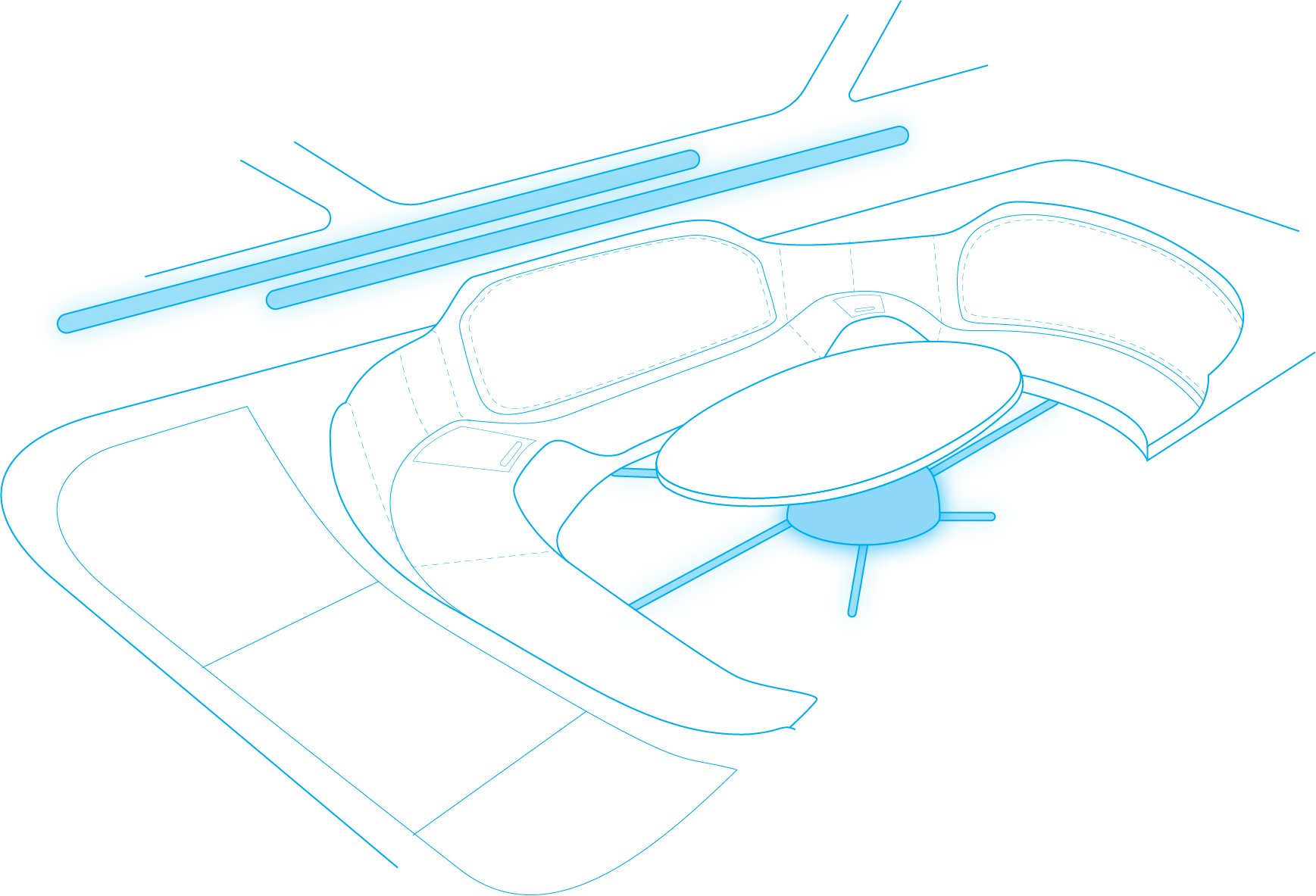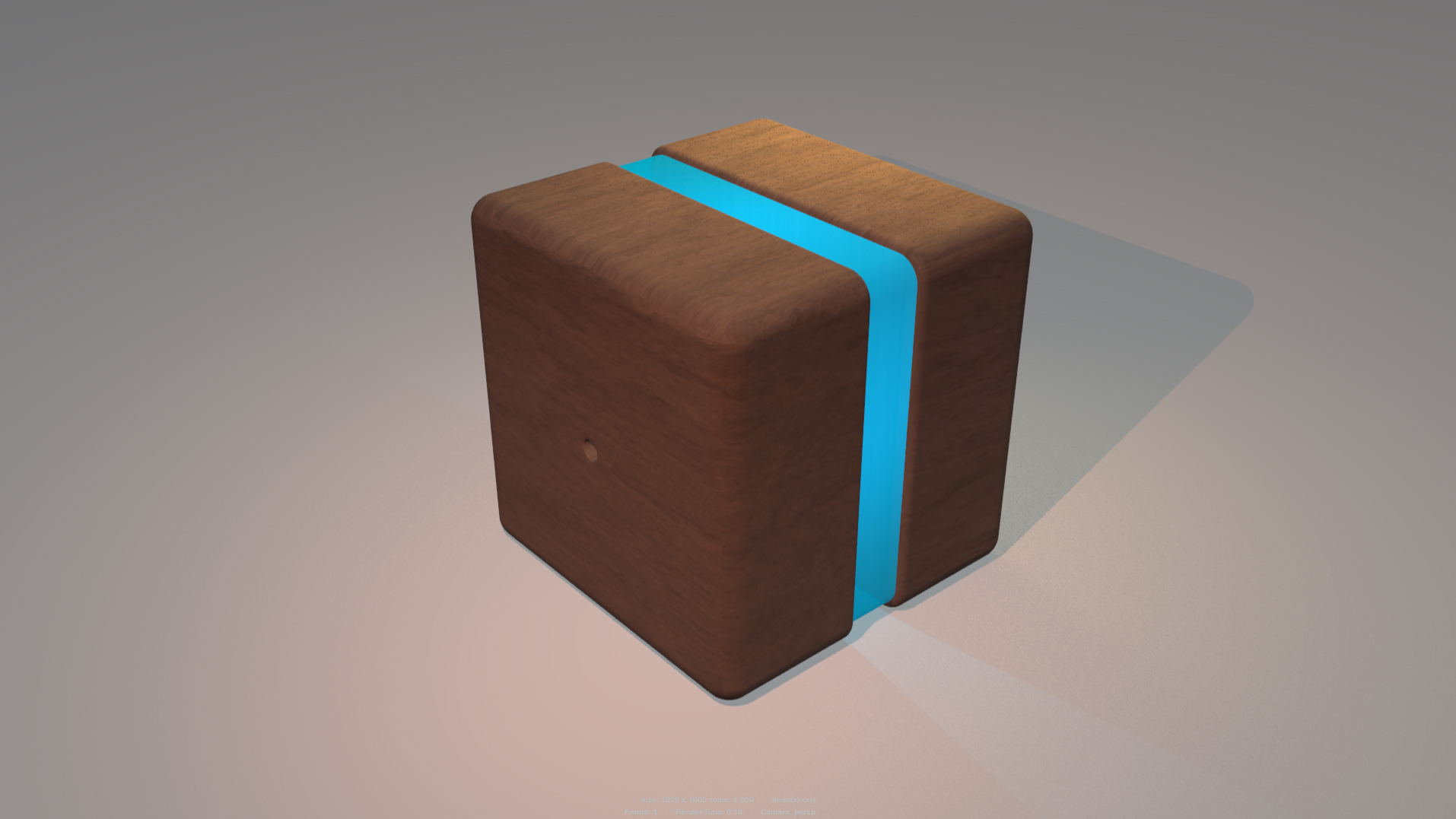Originally Completed: Dec. 2016
Medium: Adobe AfterEffects, Projection Mapping on Laser-Cut Wood
PROCESS INFO COMING SOON!
This site was recently re-designed from the ground up, and I’m still working on filling in some of the new content. Check back here later for detailed info on the research and process work that went into this project!
This group project sponsored by Delphi Automotive asked us to design the autonomous experience of the future. Each group was given a U.S. megaregion to focus on — ours being the northeast. We were then to research the region, its transportation needs, and the potential solutions to those issues.
Our design solution manifested as a touch-sensitive smart-table, with wooden cubes that functioned as tactile interfacing tools. The table had a multitude of uses, each of which addressed one of the key transportation needs we found during our research.

One of the issues we addressed in our design solution was the dwindling amount of time for human connection between the people of the northeast. The ever-increasing business of those working in cities such as New York has reduced the amount of time families and friends can spend connecting face-to-face. This was an issue we thought could be mitigated using autonomous vehicles.
We were inspired by the role of the kitchen table as a mediator for family connection, and our vehicle’s interior reflects that. The design consists of a semicircle of couches surrounding a central table. Though the table acts as a digital interface, it ensures that the riders always face each other, acting as a conduit for social connection rather than a distraction from it.

The form of the table itself was also very deliberately designed. The top surface of the table acts as an enormous screen, while the bulbous bottom half would contain a glowing orb, somewhat reminiscent of a lava lamp.
A big part of our vehicle’s design was its in-car AI, known as “Q”. We wanted the AI to have a visual presence within the physical space, rather than simply being a disembodied voice. Thus, the orb at the base of the table acts as a personification of the AI, glowing and pulsating when speaking, and sending glowing bubbles of information up to the table’s surface when retrieving data from the web. The idea was that the AI would act as a sort of modern fire-pit — a source of light, information, and a conduit for meaningful human connection.

We didn’t want the table to simply be a touchscreen — we felt the lack of tactility in modern technology makes it less personable and less playful. Instead, the majority of interaction with the table surface is mediated through “Qubes” — specialized wooden cubes with a variety of interface applications.
These Qubes contain an LED strip which lights up and changes colors based on what the user is interacting with. Some Qubes also contain additional modules for specific applications, such as cameras, microphones, light detectors, etcetera. Qubes can be flipped, dragged, rotated, or even tossed; allowing for far more unique varieties of interaction than a standard touch screen, while also giving the user a feeling of tactility and play.
One of our use-case examples was that of a young boy riding into school. Since our vehicles were designed to be shared, the AI is able to personalize itself to suggest activities for its occupants — in this case, a chemistry simulation to help Elliot study for his upcoming exam.
Another use-case was that of a father riding home from work. With little time available at home, he uses his commute to design a treehouse he wants to build for his kids — when he has finished, Q suggests some hardware stores he might stop at to pick up the necessary lumber and supplies.